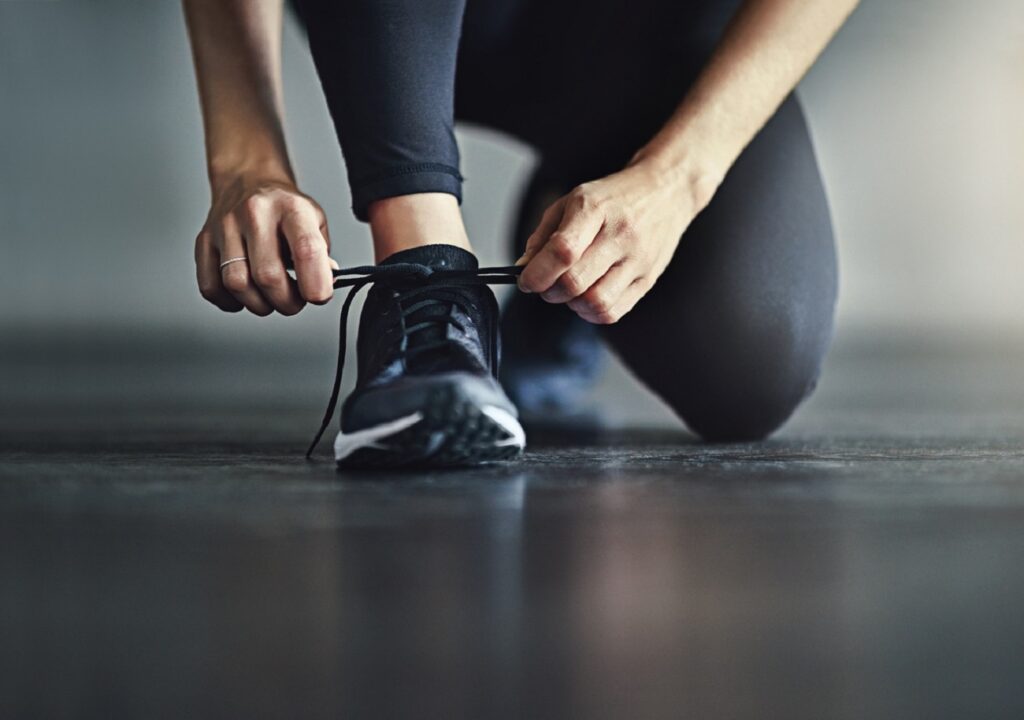Physical exercise universally enhances performance, but lack of confidence, office politics and time management are stumbling blocks for UK workers. What can be done?
We need to look at:
- Why exercise benefits performance
- How to make exercise a habit
- How HR can encourage physical exercise
Stage 1: Understand why physical exercise is good
a) It delivers immediate benefits around mood and cognition.
A study from 2013 found that physical exercise has an immediate positive impact on both cognitive processing and also affective experience, which means what we’re feeling emotionally.
b) It improves agility and attention.
Exercise improves our ability to ‘direct our attentional resources’ and our ability to process information quickly.
These two are very important in a world defined by constant change and increased velocity of change. The same study also found that exercise improves our resilience to cognitive decline, an important consideration as the retirement age continues to rise.
c) It improves effectiveness perception and satisfaction.
A study from 2015 found that employee experience of work was influenced by exercise. Staff felt more productive, had better interactions with their co-workers, felt better at managing their time and went home more satisfied about how the working day went.
Stage 2: How to make exercise a habit
a) Do an activity you actually enjoy.
Skipping. Running. Zumba. Nordic skiing. Just get your heart rate up and keep it there.
b) Make others dependent on you.
If you don’t go to the gym, it’s your loss. If you go to a yoga class, others may wonder where you are, but they don’t lose out. But if you play a team sport, the others won’t be able to participate without you. This peer pressure is motivating.
c) Re-frame exercise as fun.
A 2014 study suggested that when we perceive exercise as fun, we change the perception of effort and therefore the feelings of entitlement that may drive us to, for example, eat high-calorie food, which could demotivate us in future.
If exercise is enjoyable, we are more likely to stick to our goals. Of course, this is much easier if you actually do an activity you enjoy.
d) Commit financially.
Invest in new sports clothes, engage a personal trainer, join a class – do something that requires you to spend your hard-earned money, as this is a powerful motivator to not let your investment fall by the wayside.
Stage 3: HR, take action and communicate it to staff
a) Launch and subsidise team sports.
As mentioned above, peer pressure is great for building exercise as a habit. Team sports also encourage bonding and trust-building, both great for communication and collaboration back in the workplace. Covering the cost of team sports also avoids any awkwardness with one person paying, then having to get the money back from others.
b) Educate on working smarter.
We fail to prioritise exercise when we’re time-poor, but if we knew the benefits and the effects on performance maybe we’d be slower to put it at the back of the queue.
Getting more exercise is one of the ways employees should work smarter, not harder, if they want to improve performance at both work and home.
c) Empower exercise through flexible working.
Time-poor workers will rarely prioritise exercise because it feels to them like a ‘selfish activity,’ unless they can see the benefits to others through their own improved mood and performance.
Flexible working policies that empower people can help, because they can then build exercise into their schedules depending on what type of exercise works for them.
People who thrive in exercise classes, for example, often find they are incompatible with rigid 9-5 working hours.











